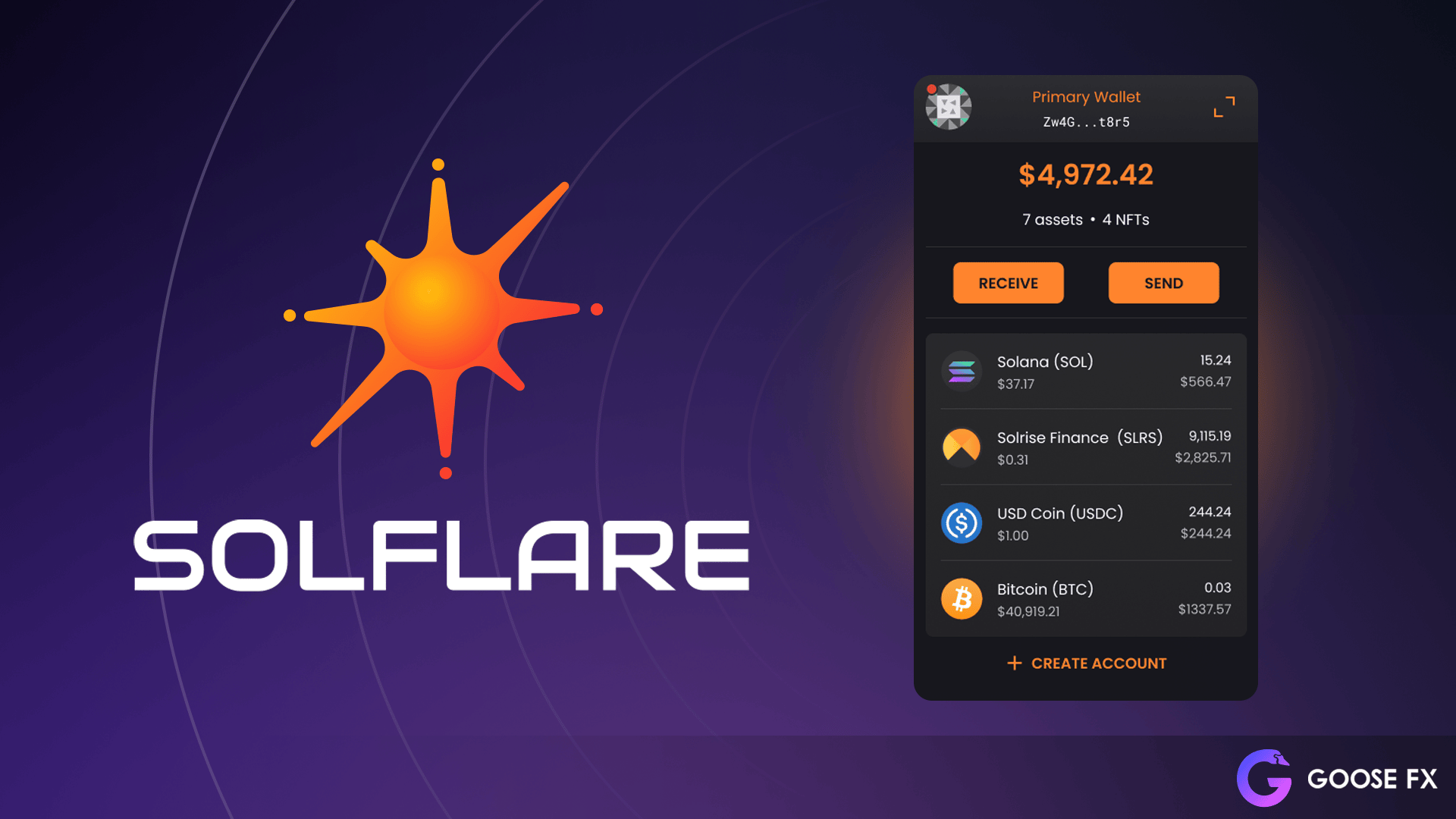So I was thinking about how folks in the Solana ecosystem juggle their NFTs and staking rewards, and man, it’s not exactly straightforward. NFTs, staking, DeFi — it’s like this wild west where you want security but also easy access. Seriously, who wants to risk losing their hard-earned digital assets because of some sloppy wallet setup? Something felt off about the typical wallet solutions available, especially when you want to integrate hardware wallets for that extra security layer. I mean, you hear all these horror stories about seed phrases lost, phishing scams, or worse, hardware wallets that don’t play well with your favorite Solana apps.
Here’s the thing. Managing NFTs on Solana isn’t just about holding tokens; it’s about interacting with dynamic assets that often tie into staking rewards or DeFi protocols. Initially, I thought, “Okay, a regular software wallet should do the trick.” But then I realized the risks: exposure to malware, browser exploits, or just plain human error. On one hand, hardware wallets offer cold storage benefits, but on the other hand, they’ve historically been a bit clunky when it comes to handling NFTs or staking directly. That’s where newer solutions like Solflare come in. They’re bridging the gap, making hardware wallet integration smoother for Solana users.
Really? Yeah, really. The integration isn’t just about plugging in a device; it’s about seamless UX that doesn’t make you feel like you’re defusing a bomb every time you want to claim staking rewards or transfer an NFT. And let me tell you, that’s a very very important distinction. Because if the security tool feels like a hassle, users either won’t use it or will mess it up. I’m biased, but the way Solflare handles this balance is impressive. Oh, and by the way, if you haven’t tried their setup yet, the solflare wallet download is a good place to start.
Now, staking rewards themselves can be tricky. They’re often locked behind complex smart contracts or require multiple steps to claim. Why should claiming your own rewards feel like filing your taxes? My instinct said there must be a better way. And guess what? Solflare’s approach to staking rewards management via hardware wallets lets users approve transactions securely without sacrificing convenience. It’s like having your cake and eating it too, though actually, wait—let me rephrase that—more like having your cake stored in a vault that only you can open.

The NFT Management Puzzle on Solana
NFTs on Solana are fast and cheap to mint, but managing them? That’s a different beast. Wallets often treat NFTs like just another token, which misses the nuance of unique metadata and interactive features. I’ve seen users accidentally lose track of their NFTs simply because their wallet UI was confusing or didn’t support certain token standards fully. Not good. On top of that, some NFTs tie directly into staking rewards — so your NFT might be earning you passive income or unlocking DeFi benefits.
Yeah, that’s a lot to keep track of. Initially, I thought it was just about the art or collectibles, but nope, NFTs are evolving into complex financial instruments. The challenge is keeping them secure while still enabling the kind of interaction DeFi users expect—claiming rewards, participating in governance, or even swapping within a single interface. Hardware wallet integration with a wallet like Solflare lets you sign transactions securely without exposing your private keys, which is huge. You get peace of mind without giving up utility.
Something else I learned the hard way: not all hardware wallets play well with all Solana-based apps. Some require multiple workarounds or third-party tools, which can be a pain and a security risk. The good news? Solflare’s native support for popular hardware wallets streamlines this, making it more accessible to everyday users. That’s huge for wider adoption.
Staking Rewards: Secure, Simple, but Not Without Pitfalls
Okay, check this out—staking on Solana promises decent returns, but if you’re not careful, the process itself can be risky. Claiming rewards involves signing on-chain transactions, and if your wallet isn’t secure, you’re basically handing over your keys to the internet gremlins. What bugs me about some platforms is that their staking dashboards aren’t intuitive, making it easy to miss deadlines or mismanage rewards.
With hardware wallets integrated into Solflare, you get a double layer of defense. The wallet asks for physical confirmation on your device before signing anything. That little tactile confirmation might seem minor, but it drastically reduces phishing risks. Still, I’m not 100% sure every user fully grasps this security nuance. There’s a learning curve, no doubt, but once you get it, it’s liberating.
Oh, and the best part? You don’t have to sacrifice speed. Solflare’s backend handles the heavy lifting, so your transactions go through swiftly, unlike some clunky setups that slow you down. And for those who love DeFi, this means you can stake, claim, and reinvest rewards without breaking a sweat or your security model.
Hardware Wallet Integration: The Missing Link
Why haven’t more people been shouting about hardware wallet integration? Honestly, I think it’s because it used to be complicated and not very user-friendly. But the landscape is shifting. Solflare’s approach simplifies the connection process, so you can hook up Ledger or Trezor devices and start managing your NFTs and staking rewards without jumping through hoops. It’s not perfect—nothing ever is—but it’s a big step forward.
My gut tells me this kind of integration will be a standard feature soon. Some users prefer the “hot wallets” for speed, but I’ll take the security trade-off any day. It bugs me when people dismiss hardware wallets as “too much hassle” without really trying them. The reality is, with wallets like Solflare, the barrier to entry is lower than ever.
So, if you’re serious about protecting your Solana assets—whether NFTs or staking rewards—I’d say start exploring hardware wallet options. And don’t just grab any wallet; check out the solflare wallet download to see how they’ve made this easier than it used to be.
Common Questions About NFT and Staking Management with Hardware Wallets
Can I stake Solana tokens directly from my hardware wallet?
Yes, many hardware wallets support staking via compatible wallets like Solflare. The key is that you approve each transaction on your device, keeping your private keys offline while still participating actively in staking.
Are NFTs safe on hardware wallets?
Absolutely. Hardware wallets store your private keys securely, so even if your computer is compromised, your NFTs remain protected. Just make sure your wallet supports Solana NFT standards fully.
Is it difficult to set up a hardware wallet with Solflare?
Not really. Solflare offers step-by-step guides and a user-friendly interface that simplifies the pairing process, making it accessible even if you’re not super tech-savvy.
